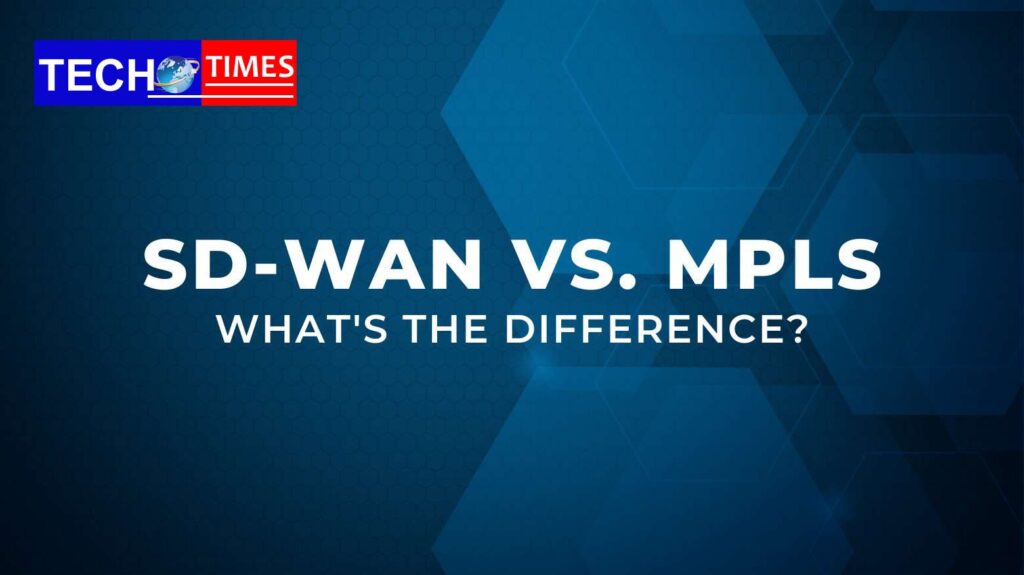In the fast-paced world of modern business, staying connected and maintaining efficient network communication is crucial. The choice between two key networking technologies, SD-WAN (Software-Defined Wide Area Network) and MPLS (Multiprotocol Label Switching), has become a central point of debate among IT professionals. Each offers its unique set of advantages and drawbacks, making the decision a critical one. In this blog post, we’ll delve into the battle of the networks, comparing SD-WAN and MPLS to help you make an informed choice for your organization’s connectivity needs.
The MPLS Legacy
Let’s start by understanding MPLS, a technology that has been around for quite some time. MPLS is a protocol for efficient data packet forwarding that directs data from one network node to the next based on labels rather than network addresses. It’s known for its reliability, low latency, and Quality of Service (QoS) capabilities, making it a preferred choice for businesses with strict performance requirements.
MPLS creates a private and secure network by design, providing a predictable and consistent user experience, which is essential for applications like VoIP and video conferencing. This makes MPLS a great option for large enterprises with high demands for data transmission quality and security.
However, MPLS comes with a few notable downsides, the most significant of which is its cost. Implementing and maintaining MPLS networks can be expensive, particularly for businesses with multiple branch offices that require dedicated MPLS lines. Additionally, MPLS isn’t as flexible as newer networking technologies, making it challenging to adapt to changing business needs and scaling network capacity.
The Rise of SD-WAN
SD-WAN, on the other hand, is a more recent addition to the networking landscape. It is a software-driven approach to managing and optimizing wide area networks. SD-WAN leverages various internet and private network connections, such as broadband, MPLS, and 4G/5G, to create a unified and flexible network infrastructure. By dynamically routing traffic and applying intelligent policies, SD-WAN aims to improve network performance, reduce costs, and enhance security.
One of the most significant advantages of SD-WAN is its cost-effectiveness. It allows businesses to leverage cheaper internet connections alongside existing MPLS lines, reducing the overall networking expenses. This cost reduction is particularly appealing to small and medium-sized businesses that need high-quality network performance without the hefty price tag.
SD-WAN’s flexibility is another key selling point. It provides the agility to adjust network resources and prioritize critical applications in real-time. This adaptability is essential in today’s dynamic business environment, where changes can happen rapidly.
The Face-Off
Now that we have a better understanding of MPLS and SD-WAN, let’s compare them in several crucial aspects:
1. Cost
MPLS networks are known for their high costs, which include dedicated lines and ongoing maintenance expenses. In contrast, SD-WAN is more cost-effective, as it allows businesses to use more affordable internet connections alongside their existing network infrastructure.
2. Reliability
MPLS is synonymous with reliability and low latency, making it an excellent choice for applications where consistent performance is a must. SD-WAN aims to provide reliable connectivity as well but relies on multiple connections, so its reliability may be influenced by the quality of these connections.
3. Scalability
SD-WAN offers superior scalability, allowing businesses to quickly and easily adjust their network capacity and adapt to changing needs. MPLS, while reliable, can be less flexible when it comes to scaling up or down.
4. Security
MPLS networks are inherently secure due to their closed and private nature. SD-WAN, however, relies on public internet connections, which can be less secure. However, SD-WAN vendors typically implement robust security features to mitigate these concerns.
5. Quality of Service (QoS)
MPLS networks provide strong QoS capabilities, making them ideal for voice and video applications. SD-WAN also offers QoS features but may not be as robust as MPLS in this regard.
6. Management and Control
SD-WAN shines in terms of management and control. It offers centralized control, making it easier to implement and enforce policies across the network. MPLS management can be more complex and requires dedicated hardware and expertise.
Making the Right Choice
So, which network technology should you choose for your organization? The answer largely depends on your specific needs, budget, and future growth plans. Here are a few scenarios to consider:
- Choose MPLS if:
- Your business demands the highest level of network performance, low latency, and reliability.
- You have a generous budget to allocate to network infrastructure.
- Your organization relies heavily on real-time applications like VoIP and video conferencing.
- Choose SD-WAN if:
- Cost savings and flexibility are top priorities.
- You need to quickly adapt to changing business needs and scale network capacity.
- Your business can benefit from leveraging various internet connections for network redundancy and load balancing.
The Hybrid Approach
Many businesses are finding success by adopting a hybrid approach, combining the strengths of both SD-WAN and MPLS. This strategy allows them to balance the cost-effectiveness and flexibility of SD-WAN with the performance and reliability of MPLS. By intelligently routing traffic based on the application’s requirements, they can optimize their network performance while reducing costs.
Final Thoughts
The battle of the networks, SD-WAN vs. MPLS, continues to evolve as technology advances and business requirements change. Ultimately, the right choice for your organization depends on your unique circumstances. By carefully evaluating your needs, budget, and future plans, you can make an informed decision that ensures your network infrastructure aligns with your business objectives. Whether you choose the legacy reliability of MPLS or the flexibility and cost savings of SD-WAN, the key is to make a choice that propels your business forward in the digital age.
